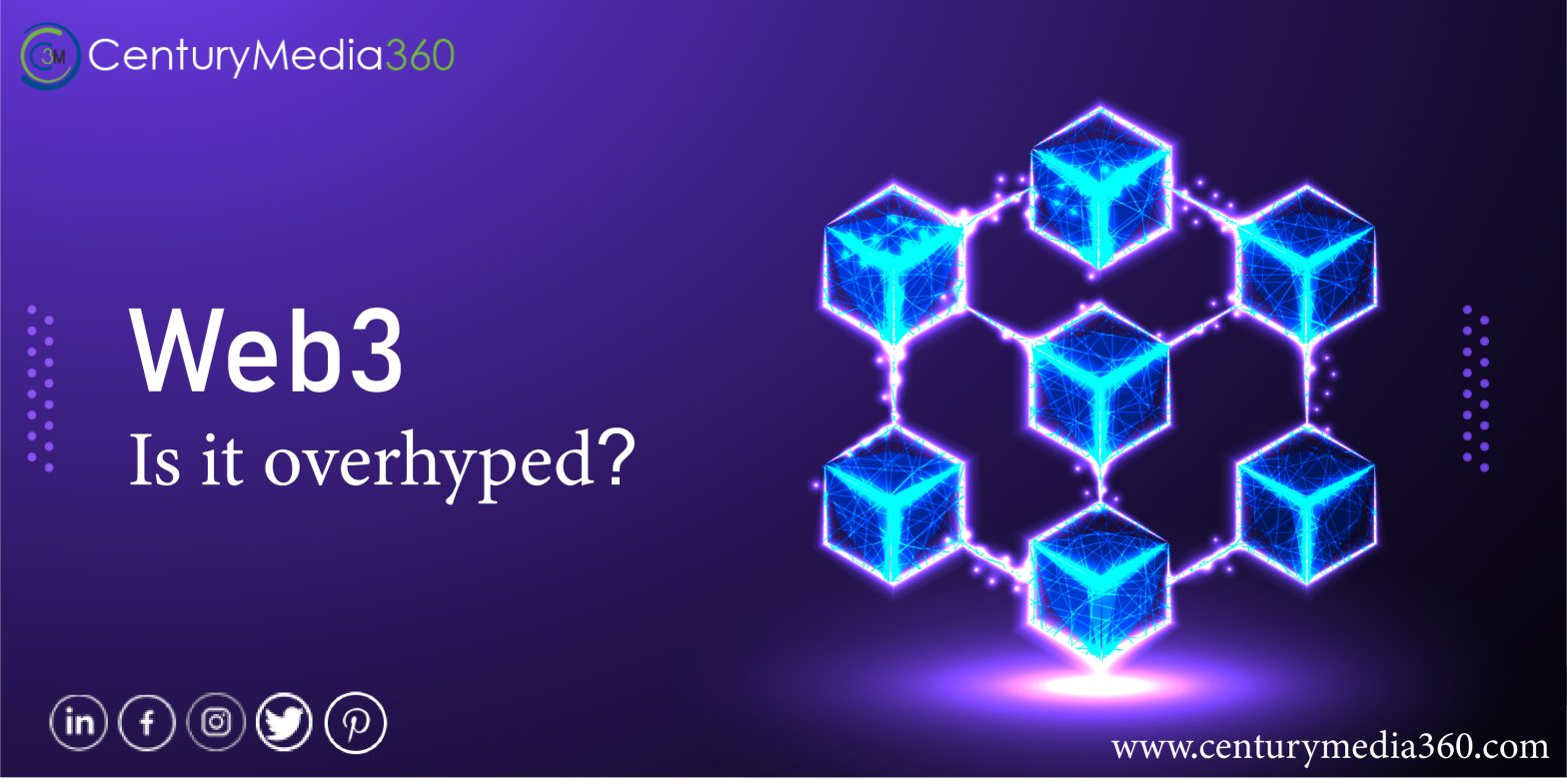Web3; is it overhyped?

The term “Web3” has been gaining a lot of attention in recent years, as it represents the next evolution of the internet. While many believe that it has the potential to revolutionize the way we interact online, others are more skeptical, arguing that it is overhype. In this article, we will explore both sides of the debate, and discuss whether or not Web3 is truly the game-changer that many people believe it to be.
What is Web3?
Before delving into the debate over whether Web3 is overhype, it’s important to first understand what it is. Simply put, it is the next generation of the internet, one that is built on decentralize technology. This means that instead of relying on centralized systems like servers and data centers, Web3 uses decentralized networks of computers to power the internet.
One of the key features of Web3 is the use of blockchain technology. A blockchain is a digital ledger that records all transactions made on a network. This allows for greater transparency and security, as all transactions are record and can easily track.
Web3 also enables the creation of decentralized applications (dApps). These are apps that run on a decentralized network, rather than a central server. This allows for greater security and autonomy, as there is no single point of failure.
The Benefits of Web3
The benefits of Web3 are many, and they are often cite as the reason why it has the potential to revolutionize the internet. Perhaps the most important of these benefits is the increased security and transparency that comes with using decentralized networks.
With Web3, there is no need to trust a centralized authority to manage and protect data. Instead, data is store on a decentralize network, which makes it much more difficult for hackers to access. This means that users can have greater control over their personal information, and can sure that it is not misusing.
Another major benefit of Web3 is the ability to create decentralized applications. These dApps can be used for a wide range of purposes, from social media and gaming, to finance and e-commerce. And because they run on a decentralized network, they are less vulnerable to censorship and control by governments or corporations.
The Drawbacks of Web3
While there are many benefits to Web3, there are also some drawbacks that should considered. Perhaps the biggest drawback is the complexity of the technology. Building and using decentralized applications can be challenging, and requires a certain level of technical expertise. This can be a barrier to entry for many people, and may limit the adoption.
Another drawback is the scalability of Web3. Decentralize networks are still in the early stages of development, and are not yet able to handle the large number of transactions that are require for mainstream use. This means that Web3 is still not ready for widespread adoption, and is likely to remain a niche technology for the foreseeable future.
Is Web3 Overhyped?
The answer is not clear-cut. While it is true that Web3 has the potential to revolutionize the internet, it is also true that it is still in the early stages of development, and is not yet ready for widespread adoption.
On one hand, the benefits of Web3, such as increased security and transparency, and the ability to create decentralized applications, are very real. On the other hand, the drawbacks, such as the complexity of the technology and the scalability issues, are also real and cannot ignored.
Conclusion
In conclusion, while Web3 has the potential to revolutionize the internet, it is important to recognize that it is still in the early stages of development and may not be ready for widespread adoption. While the benefits of it, such as increase security and transparency, and the ability to create decentralize applications, are very real, the drawbacks, such as the complexity of the technology and the scalability issues, are also real and cannot ignore.
It’s important to keep in mind that the true value of Web3 will be in its ability to provide solutions to real-world problems and to improve the way we interact online. It is not a silver bullet, and it will take time for it to mature and reach its full potential.






